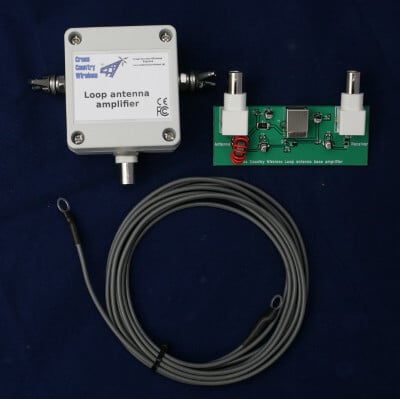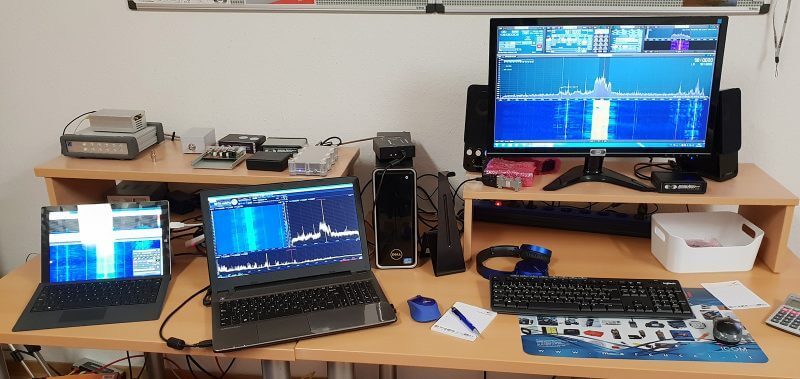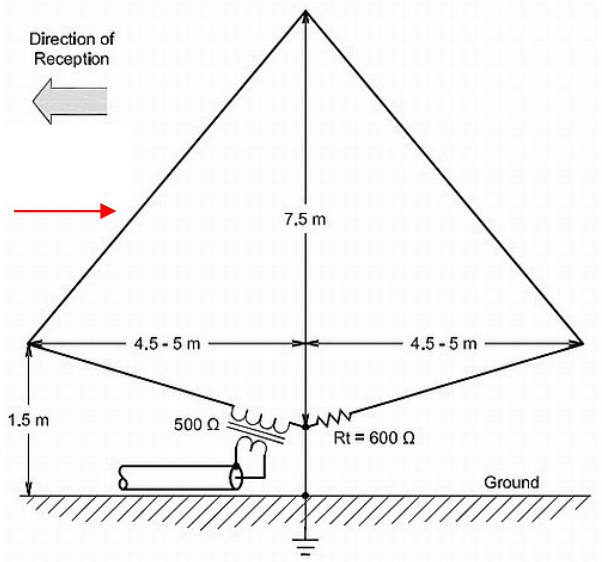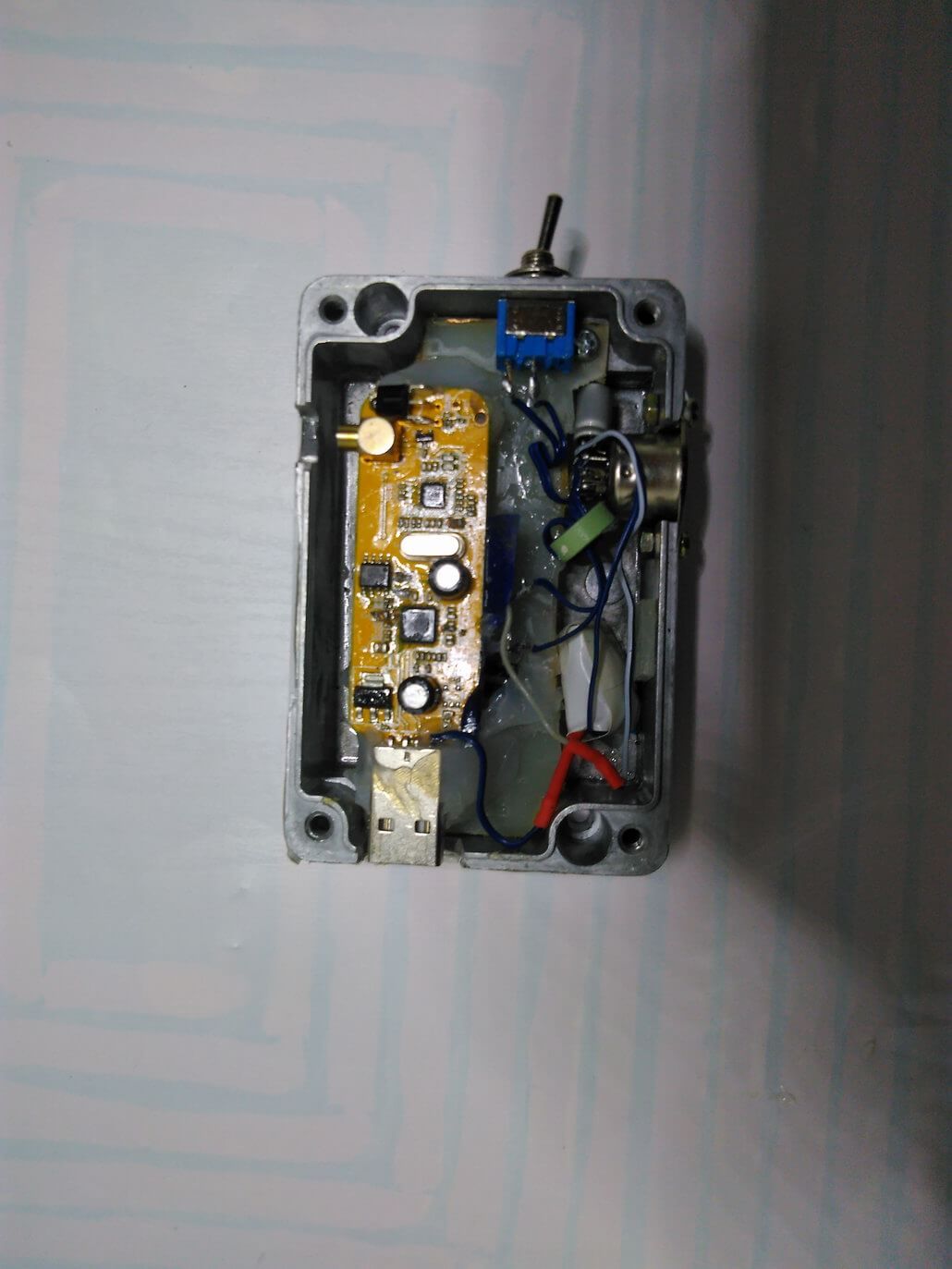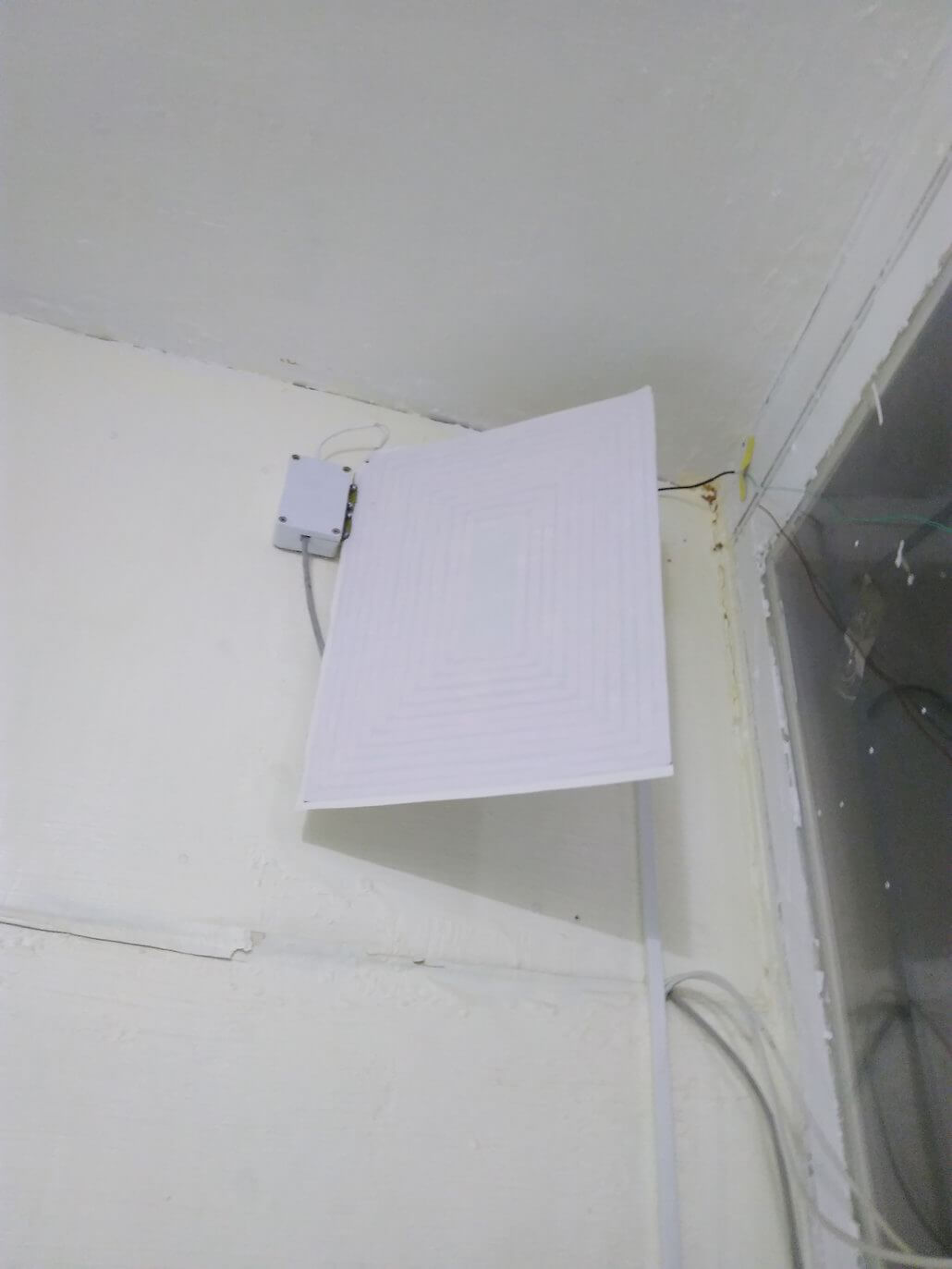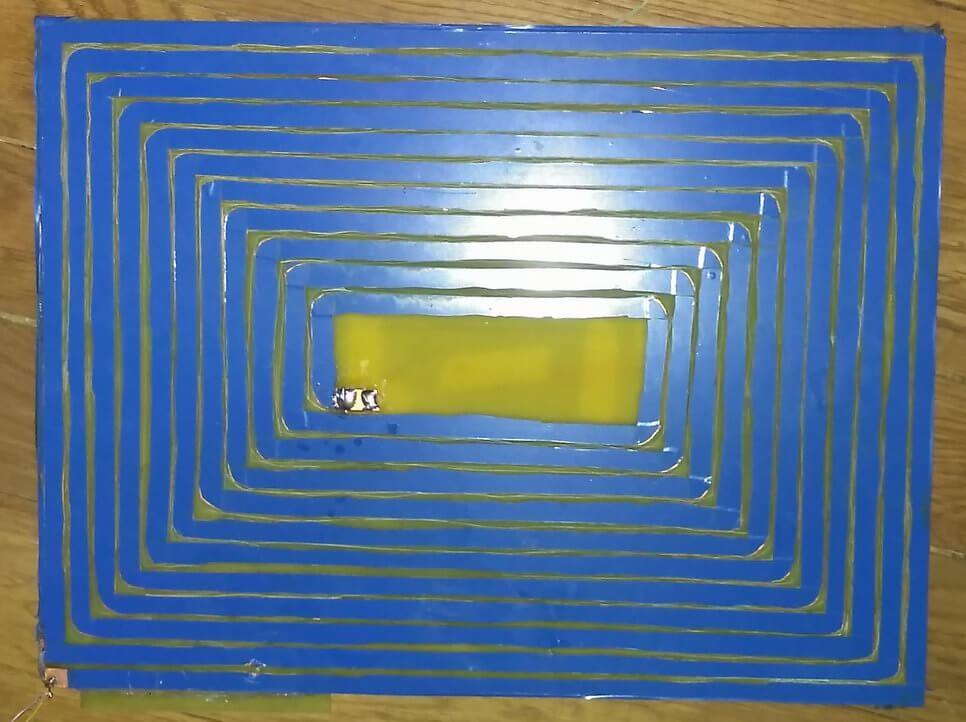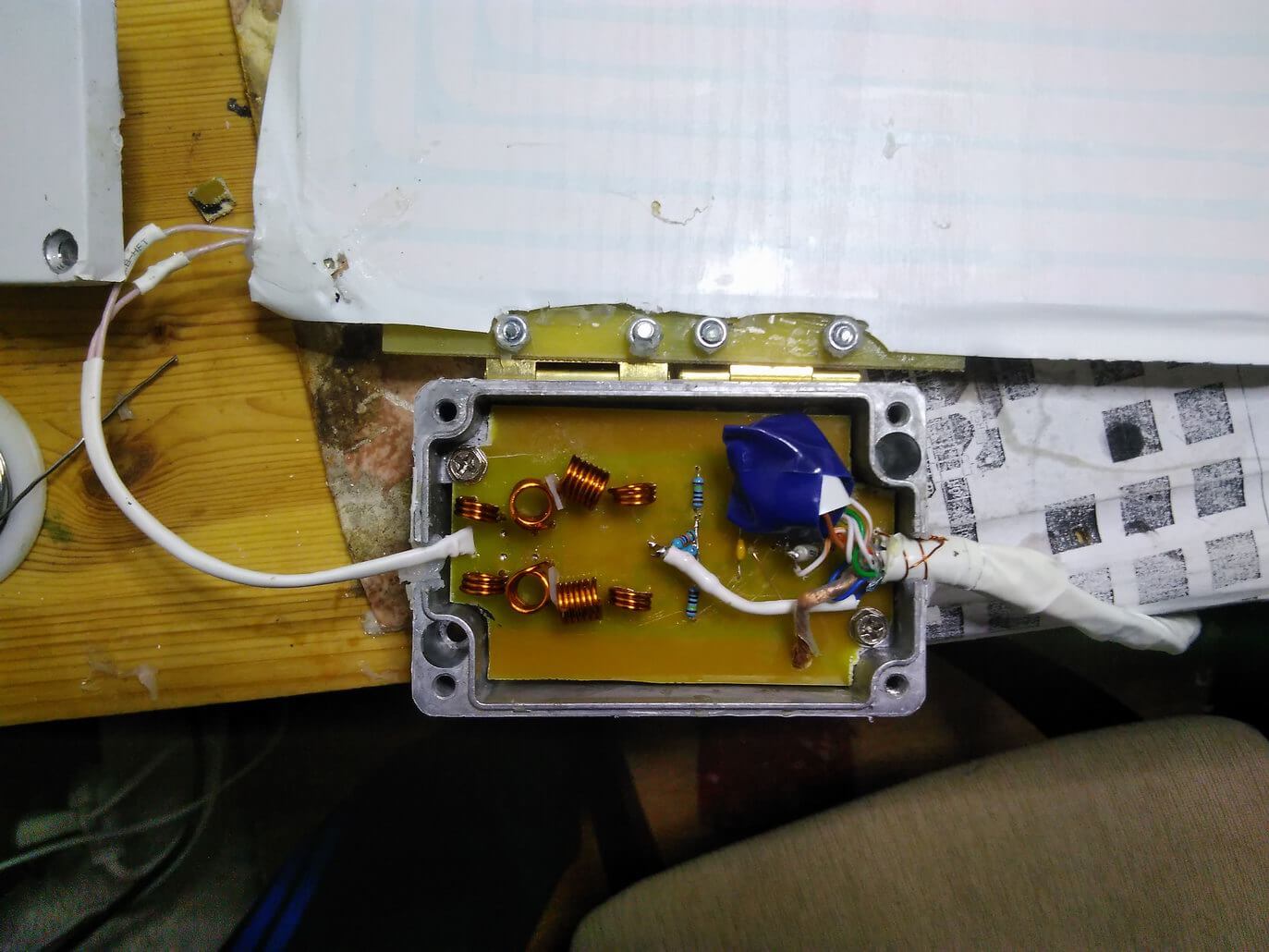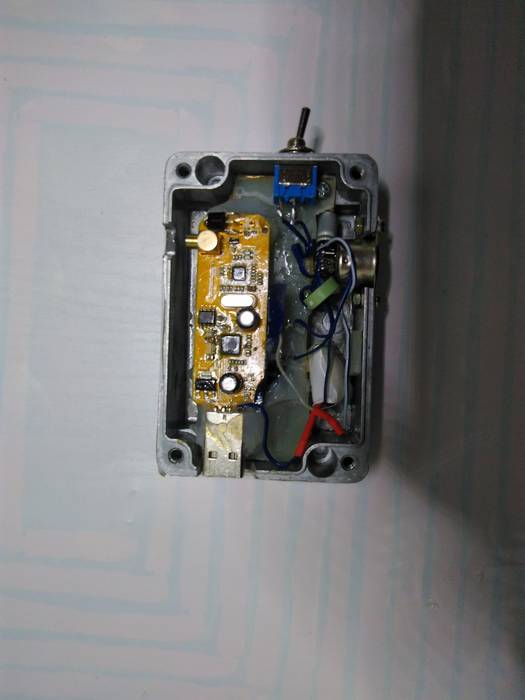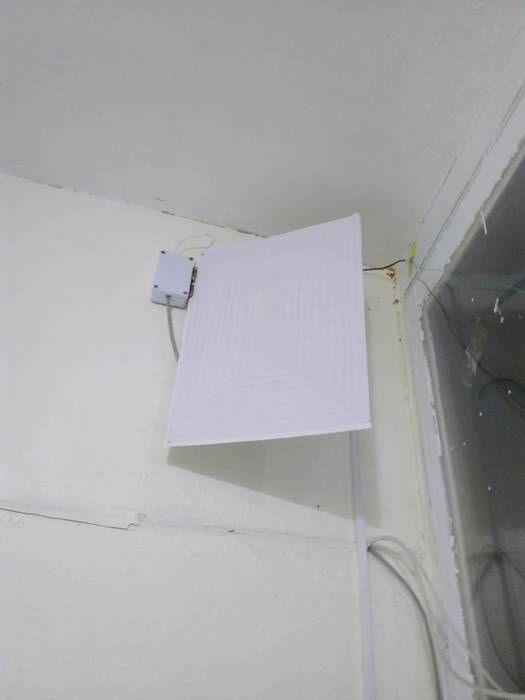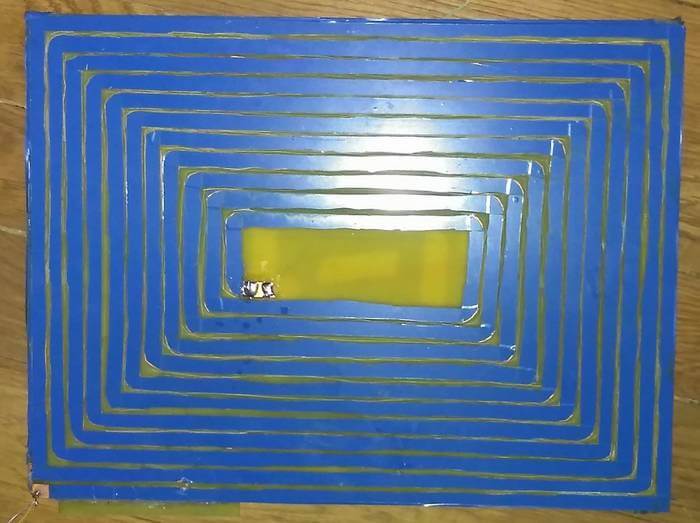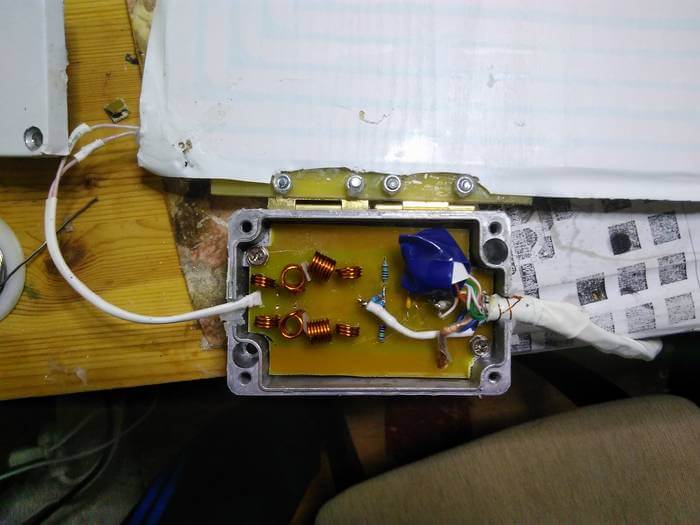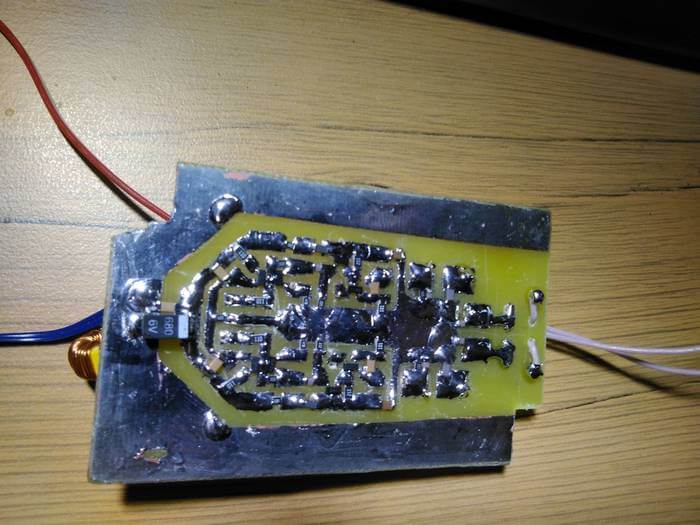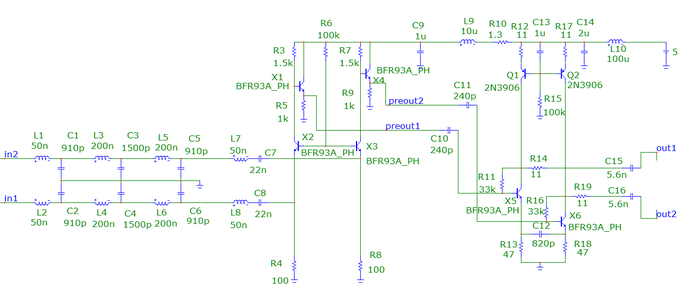SWLing Blog: Building a Homemade YouLoop (Noise-Cancelling Passive Loop) Antenna
Over on the SWLing Post Blog Thomas has uploaded an excellent tutorial showing how you can build your own YouLoop (aka a Noise-Cancelling Passive Loop). If you've been following our previous posts you'll know that we recently started selling the "YouLoop" which is designed and produced by Youssef from Airspy. The YouLoop is a passive loop antenna designed for HF reception, but also works well up until VHF. The main catch is that you need to use it with a receiver with a low noise figure front end, like the Airspy HF+ Discovery (SDRplay units should work well too). The RTL-SDR Blog V3 in direct sampling mode does somewhat work with it to an extent, but RTL-SDRs relying on upconverters for HF will probably see poor results.
We are selling the loop in our store for $34.95 including free shipping to most countries. Batch 2 is currently in preorder, but is almost sold out and should begin shipping soon. Batch 3 will also be available for preorder soon and is about 2 weeks away from shipping. We also expect there to be a high quality pre-amp available for sale in a few months too which will help those with higher noise figure radios or longer feed line runs.
Alternatively, as the YouLoop is a relatively simple and openly shared design it is possible to homebrew your own if you want to. Over on the popular SWLing Post blog, author Thomas has written up a full tutorial on hombrewing your own. The parts you need include coax cable, a BN-73-302 wideband 2-hole ferrite core, magnet wire, heat shrink tubing and electrical tape. The guide takes you through the process of winding the balun and constructing the loop using simple tools and a soldering iron.

